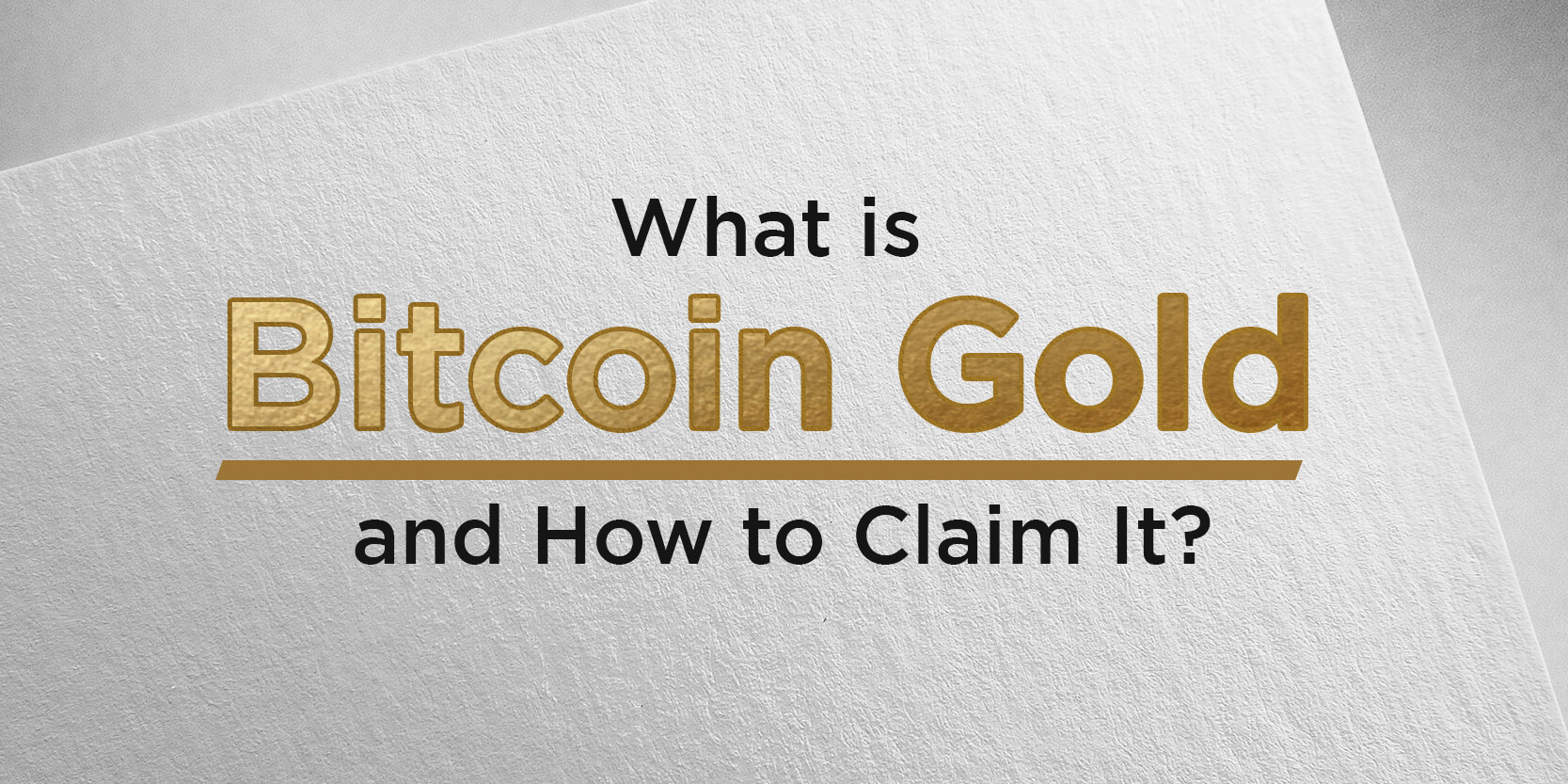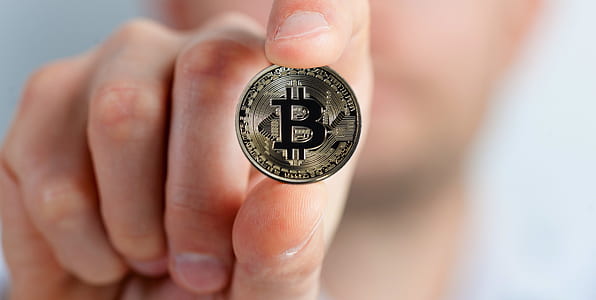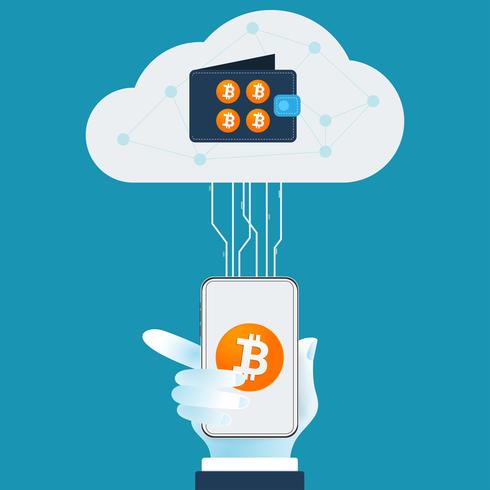
What is Bitcoin Gold and How to Claim It?
Bitcoin Gold (BTG) is a hard fork derived from the original Bitcoin blockchain. In 2017, some members of the community decided to veer away from Bitcoin, which was suffering from massive mining congestion. The first split occurred in August, introducing Bitcoin Cash (BCH) to exchanges. It could support a larger block size, increasing its transaction per second capacity while retaining Bitcoin’s Proof-of-Work (PoW) mining algorithm.
But some members were still unhappy with BCH, which didn’t do much to remedy the institutional mining monopoly that the PoW allowed. In November, another group decided to split off the original Bitcoin blockchain, creating what is now known as Bitcoin Gold.
Its philosophy? Make Bitcoin decentralized again.
Bitcoin Mining: The Root of the Problem
2017 is a memorable year for longtime cryptocurrency enthusiasts, as it was a historical time when coins were gaining mainstream popularity and prices were rising through the roofs. Bitcoin was notorious for surging by approximately 1,900%––from $1,000 to $20,000––before plummeting to $4,000 one year later. Because Bitcoin gained so much traction within 2017, cryptocurrency newcomers started to take an interest in the coin, attracting them to the minefield where they can trade computer processing power for a chance at earning BTC.

The PoW algorithm is essentially a trade-off: you run the mining software on a computer, and the machine will solve complex puzzles to unlock the blockchain and enable block creation. The catch is that only the first miner to successfully create the 1 MB block will receive the block reward, which, at the time, was 12.5 BTC. The earning potential was so high that people sought the once-in-a-lifetime opportunity to make big bucks.
With so many miners on the blockchain, the network experienced congestions, and ordinary computers were no longer able to keep up with the transaction demand. In the beginning, Bitcoin was minable with a laptop. But it became too slow, so GPUs became the mining standard. Those became too slow as well, so people who wanted to get ahead purchased ASIC mining rigs, which are powerful, expensive machines dedicated to mining BTC.
Exploring the Bitcoin, Bitcoin Cash, and Bitcoin Gold Split
Bitcoin Cash’s issue was that the original blockchain simply wasn’t optimized enough to handle larger volumes of transactions, which came as Bitcoin’s popularity grew. Its solution was to deviate from the 1 MB block size, implementing a massive upgrade to support up to 32 MB of transactions per block.
Unfortunately, the group that established Bitcoin Gold couldn’t meet eye-to-eye with either BTC or BCH. Their primary issue lay in the PoW mining algorithm, which became more decentralized as more institutions capitalized on PoW mining. ASIC rigs were created by corporations, which means that they, and other big institutions that could afford the expensive rigs, were monopolizing the minefield and reaping profit two ways.
Bitcoin mining became extremely decentralized––it was no longer accessible to ordinary individuals who didn’t own specialized rigs. The BTG group believed that this nuance strayed from Bitcoin’s goal of decentralization, eventually prompting them to split as a hard fork of the original blockchain.
The Uniqueness of BTG Mining
Bitcoin Gold kept the Proof-of-Work algorithm but implemented tweaks to prevent major institutions from taking in all the profit. It swapped Bitcoin’s SHA-256 algorithm and implemented the Equihash-BTG, which runs on ordinary GPUs, but isn’t optimized for ASIC mining. It intentionally removed powerful mining machines from the equation so that the minefield favors ordinary people with ordinary computers––adding to its philosophy of retaining Bitcoin’s old-school decentralization.
As long as your computer is reasonably up-to-date, it’s more than likely capable of BTG mining. However, before mining cryptocurrency, know that it’s not a venture that can guarantee profit. Referencing a BTG mining calculator will help assess profitability given your specific circumstances.
How to Access Your BTG Coins
Whether you obtain BTG through mining or purchasing from an exchange, you need a cryptocurrency wallet to hold your coins. There are various types available on the market, but it helps to choose among the best cryptocurrency wallets to ensure your funds’ safety and security.

Paper Wallet
Paper wallets are printed pieces of paper with a QR code that contains public and private keys. They primarily function as cold storage, which means that they’re detached from the internet. You can create one yourself by generating the necessary keys from a key generator and printing out the completed code. You can also input a BIP 38 password to further enhance security. Paper wallets are only secure if you take the appropriate measures, such as making sure to print them on a private network. They’re meant to be temporary storage and aren’t recommended for long-term use.
Regular Wallet
Platforms like Coinbas and Exodus offer free, beginner-friendly wallets that accept hundreds of cryptocurrencies. However, because these live online, they’re susceptible to hacks and digital theft. Some wallets have found a way to counter this downfall––by keeping the real cryptocurrency inside physical cold storage, so what you see online are just representative numbers. As a result, regular online wallets are great options to store your BTG if you value the convenience of a digital workflow.
Hardware Wallet
Hardware wallets are essentially cold storage or wallets in the real world in the form of a device. Personal hardware wallets are usually in the size and shape of a USB, so they’re convenient and easy to carry and store. As hardware wallets don’t exist online, they can keep your BTG secure. However, you still need to connect them to a computer to access your funds.
Full-node Wallet
Full-node wallets like Bitcoin Knot allow you to store private keys that contain your BTG in a folder on your computer. You can then create a backup of the folder and import the keys directly to the Bitcoin Gold Core. It’s not a popular option among independent investors as digital wallets are more convenient and easier to use.
Final Thoughts
Bitcoin Gold took off in the first week of April 2021, with a 110% gain from $38 to $80 in five days. While it lags behind BTC and BCH in terms of market cap at only 75th place, analysts predict that the Bitcoin Gold future is bright with bullish predictions up to the end of the year. It’s an investment option to consider if you value the original state of Bitcoin’s decentralization.





Leave a Reply
Add comment ×